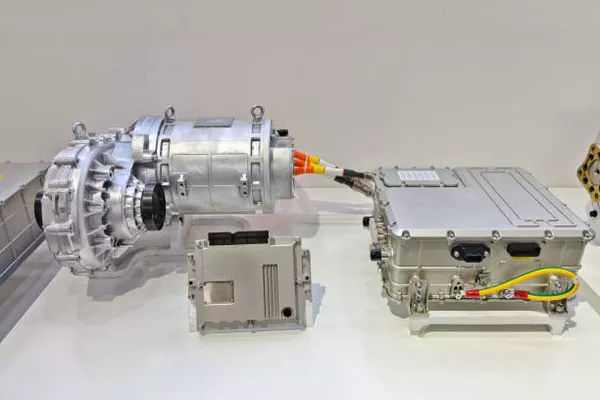Central air conditioning is a vital component in maintaining comfort and productivity in homes and businesses, especially during hot summer months. However, during power outages, running a central air conditioning system becomes impossible without a reliable power source. Generators offer a solution, but selecting the right size generator to power a central air conditioning unit is crucial for efficient and effective operation. In this article, we will explore the factors to consider when choosing the appropriate generator size to run central air conditioning systems.
Understanding Central Air Conditioning Systems
Before delving into generator sizing, it’s essential to understand how central air conditioning systems operate. These systems consist of indoor and outdoor units connected through ductwork. The outdoor unit contains the compressor and condenser coil, while the indoor unit houses the evaporator coil and air handler. Central air conditioning systems require a significant amount of power to operate, especially during startup when the compressor kicks in.
Factors Influencing Generator Size
Several factors influence the size of the generator required to run a central air conditioning system effectively:
1. Power Requirements of the Air Conditioning Unit
The primary consideration when sizing a generator is the power requirements of the central air conditioning unit. This information can typically be found in the unit’s specifications or the manufacturer’s documentation. The power consumption is measured in watts or kilowatts (kW) and represents the amount of electrical energy required to operate the unit.
2. Starting Surge or “Inrush” Current
Central air conditioning systems draw a significant amount of current during startup due to the compressor motor’s high starting torque. This initial surge in power consumption, known as inrush current, can be several times higher than the unit’s rated running power. Generators must be sized to handle this surge without overloading or causing voltage drops.
3. Generator Type and Efficiency
The type and efficiency of the generator also play a role in determining the appropriate size. Different types of generators, such as portable gasoline generators, diesel generators, or standby generators, have varying efficiencies and power output capabilities. Standby generators, for example, are typically more efficient and can handle larger loads compared to portable generators.
4. Other Electrical Loads
In addition to the central air conditioning unit, it’s essential to consider any other electrical loads that will be powered by the generator simultaneously. These may include lights, appliances, electronics, and other essential equipment. Calculating the total power requirements of all these loads will help determine the generator’s overall size and capacity.
Sizing Guidelines
When sizing a generator for running central air conditioning, following these guidelines can help ensure optimal performance:
1. Determine the Starting Wattage
To accommodate the inrush current of the central air conditioning unit, calculate the starting wattage by multiplying the unit’s running wattage by the startup factor provided by the manufacturer. This factor typically ranges from 1.5 to 3, depending on the compressor type and size.
2. Calculate Total Load
Consider all other electrical loads that will be powered by the generator simultaneously. Add up the power requirements of these loads to determine the total load that the generator must support. Ensure that the generator’s capacity exceeds this total load to prevent overloading.
3. Consult a Professional
If unsure about the generator sizing process or unable to find the necessary information, consult a qualified electrician or generator specialist. They can assess the specific requirements of the central air conditioning system and recommend an appropriate generator size based on professional expertise.
4. Consider Future Expansion
When investing in a generator, consider future expansion or additional electrical loads that may be added to the system. Choosing a slightly larger generator than currently required can provide flexibility for future needs and ensure continued reliability.
Conclusion
Selecting the right size generator to run a central air conditioning system is essential for maintaining comfort and functionality during power outages. By considering factors such as the power requirements of the air conditioning unit, starting surge, generator type, and other electrical loads, individuals and businesses can ensure that their generator is adequately sized to meet their needs. Consulting with professionals and following sizing guidelines can help make informed decisions and ensure reliable operation when it matters most.

